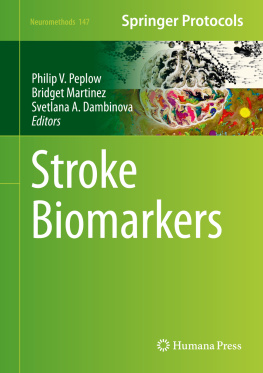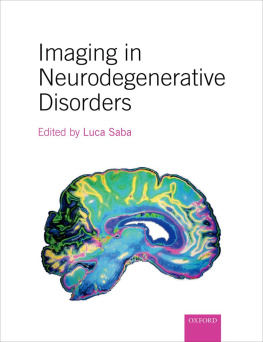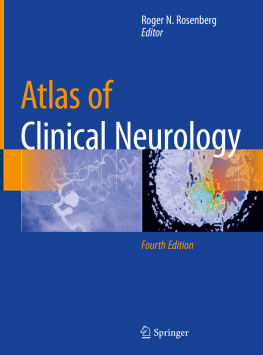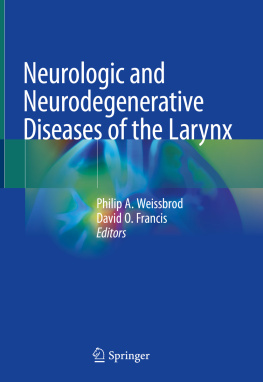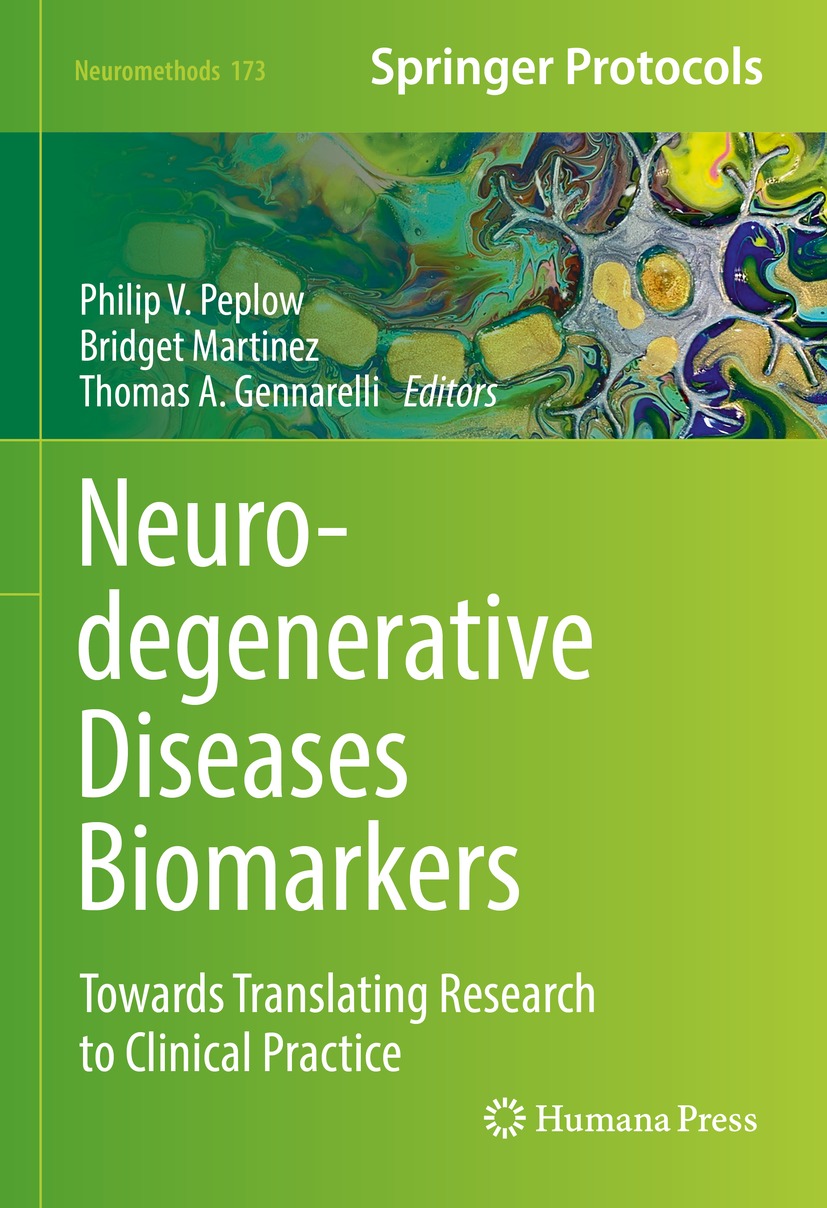Volume 173
Neuromethods
Series Editor
Wolfgang Walz
University of Saskatchewan, Saskatoon, SK, Canada
For further volumes: http://www.springer.com/series/7657
Neuromethods publishes cutting-edge methods and protocols in all areas of neuroscience as well as translational neurological and mental research. Each volume in the series offers tested laboratory protocols, step-by-step methods for reproducible lab experiments and addresses methodological controversies and pitfalls in order to aid neuroscientists in experimentation. Neuromethods focuses on traditional and emerging topics with wide-ranging implications to brain function, such as electrophysiology, neuroimaging, behavioral analysis, genomics, neurodegeneration, translational research and clinical trials. Neuromethods provides investigators and trainees with highly useful compendiums of key strategies and approaches for successful research in animal and human brain function including translational bench to bedside approaches to mental and neurological diseases.
Editors
Philip V. Peplow
Department of Anatomy, University of Otago, Dunedin, New Zealand
Bridget Martinez
Department of Pharmacology, Department of Medicine, Reno School of Medicine, University of Nevada, Reno, NV, USA
Thomas A. Gennarelli
Department of Neurosurgery, George Washington University, West Chester, PA, USA
ISSN 0893-2336 e-ISSN 1940-6045
Neuromethods
ISBN 978-1-0716-1711-3 e-ISBN 978-1-0716-1712-0
https://doi.org/10.1007/978-1-0716-1712-0
Springer Science+Business Media, LLC, part of Springer Nature 2022
This work is subject to copyright. All rights are reserved by the Publisher, whether the whole or part of the material is concerned, specifically the rights of translation, reprinting, reuse of illustrations, recitation, broadcasting, reproduction on microfilms or in any other physical way, and transmission or information storage and retrieval, electronic adaptation, computer software, or by similar or dissimilar methodology now known or hereafter developed.
The use of general descriptive names, registered names, trademarks, service marks, etc. in this publication does not imply, even in the absence of a specific statement, that such names are exempt from the relevant protective laws and regulations and therefore free for general use.
The publisher, the authors and the editors are safe to assume that the advice and information in this book are believed to be true and accurate at the date of publication. Neither the publisher nor the authors or the editors give a warranty, expressed or implied, with respect to the material contained herein or for any errors or omissions that may have been made. The publisher remains neutral with regard to jurisdictional claims in published maps and institutional affiliations.
Cover Caption: This custom piece was created by Dr. Bridget Martinez and Dr. Donald Mario Robert Harker using acrylic paint on canvas with the addition of graphic design. This artistic rendition encapsulates the cognitive abilities that machines seek to recreate an unparalleled, beautiful assembly - Bridget Martinez, MD, PhD
This Humana imprint is published by the registered company Springer Science+Business Media, LLC part of Springer Nature.
The registered company address is: 1 New York Plaza, New York, NY 10004, U.S.A.
Dedication
The COVID-19 virus has affected so many families in different parts of the world, and for some life will never be the same again. A few countries have done well in containing the virus, but in others the virus is/has been rampant with huge loss of lives. While we may never know the origin of the virus, we must be vigilant to ensure that nothing like this happens again. Many medical researchers, frontline hospital workers, and first responders have lost their lives in fighting the virus, and we pay tribute and dedicate this book to them. We look forward to the world slowly recovering from the effects of the pandemic and remember the words of Captain Sir Thomas Moore who valiantly fundraised for the NHS in Britain Tomorrow will be a good day.
With all its sham, drudgery and broken dreams, it is still a beautiful world. Be cheerful. Strive to be happy.
(Desiderata, Max Ehrmann)
Philip V. Peplow
Bridget Martinez
Thomas A. Gennarelli
31 May 2021
Preface to the Series
Experimental life sciences have two basic foundations: concepts and tools. The Neuromethods series focuses on the tools and techniques unique to the investigation of the nervous system and excitable cells. It will not, however, shortchange the concept side of things as care has been taken to integrate these tools within the context of the concepts and questions under investigation. In this way, the series is unique in that it not only collects protocols but also includes theoretical background information and critiques which led to the methods and their development. Thus it gives the reader a better understanding of the origin of the techniques and their potential future development. The Neuromethods publishing program strikes a balance between recent and exciting developments like those concerning new animal models of disease, imaging, in vivo methods, and more established techniques, including, for example, immunocytochemistry and electrophysiological technologies. New trainees in neurosciences still need a sound footing in these older methods in order to apply a critical approach to their results.
Under the guidance of its founders, Alan Boulton and Glen Baker, the Neuromethods series has been a success since its first volume published through Humana Press in 1985. The series continues to flourish through many changes over the years. It is now published under the umbrella of Springer Protocols. While methods involving brain research have changed a lot since the series started, the publishing environment and technology have changed even more radically. Neuromethods has the distinct layout and style of the Springer Protocols program, designed specifically for readability and ease of reference in a laboratory setting.
The careful application of methods is potentially the most important step in the process of scientific inquiry. In the past, new methodologies led the way in developing new disciplines in the biological and medical sciences. For example, Physiology emerged out of Anatomy in the nineteenth century by harnessing new methods based on the newly discovered phenomenon of electricity. Nowadays, the relationships between disciplines and methods are more complex. Methods are now widely shared between disciplines and research areas. New developments in electronic publishing make it possible for scientists that encounter new methods to quickly find sources of information electronically. The design of individual volumes and chapters in this series takes this new access technology into account. Springer Protocols makes it possible to download single protocols separately. In addition, Springer makes its print-on-demand technology available globally. A print copy can therefore be acquired quickly and for a competitive price anywhere in the world.


